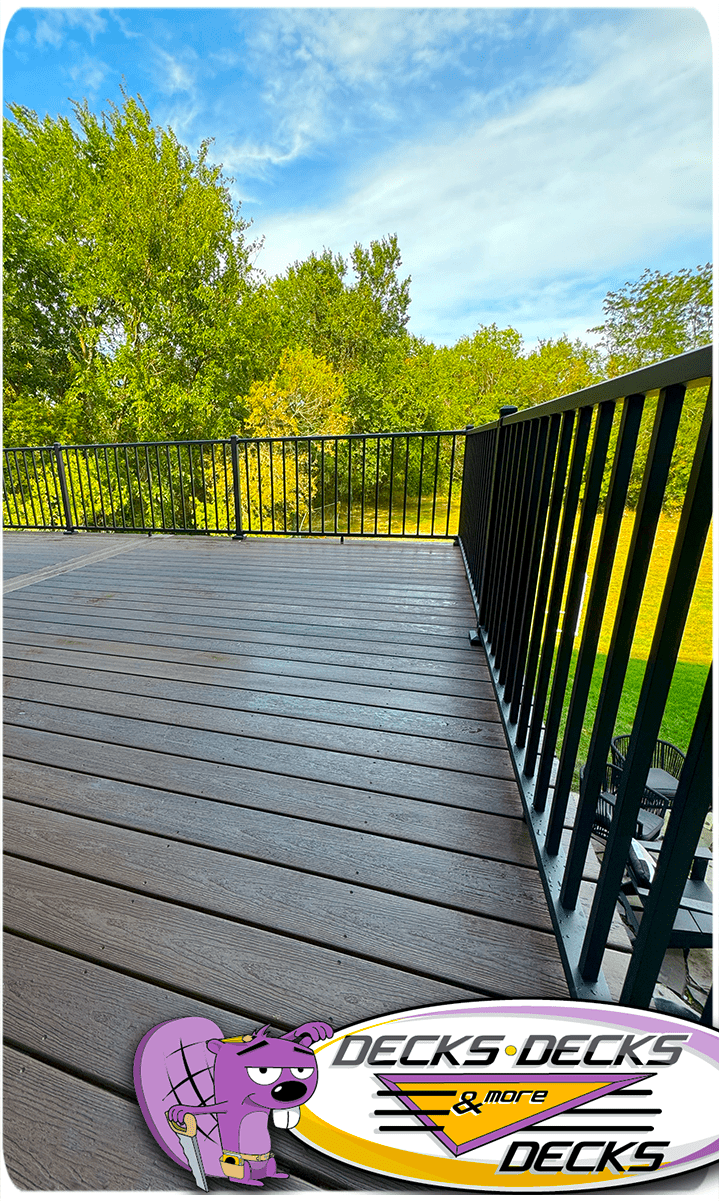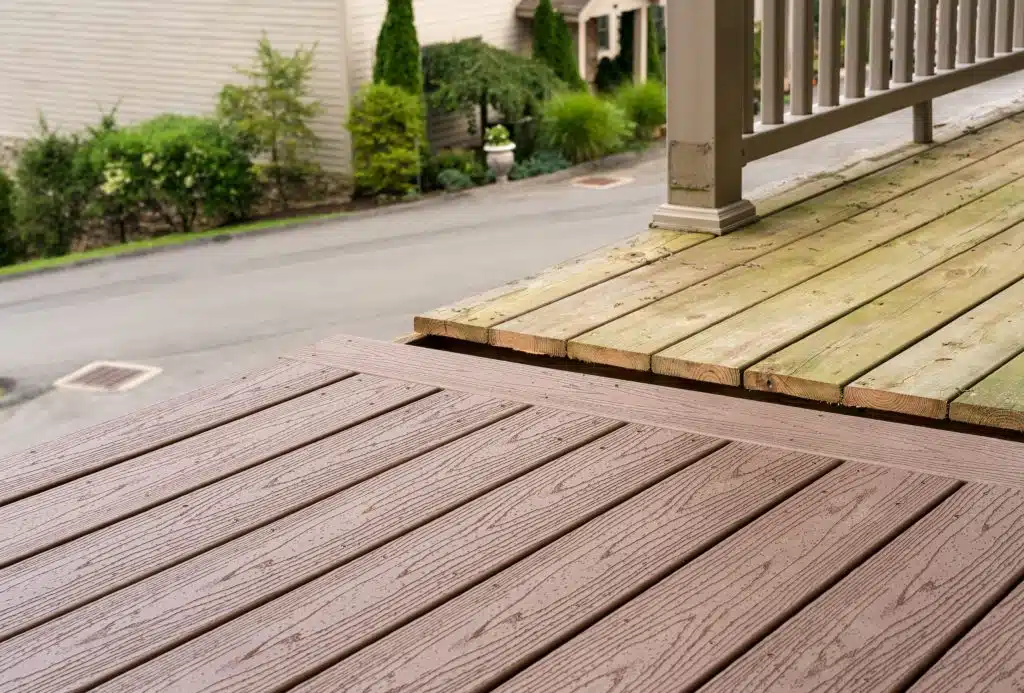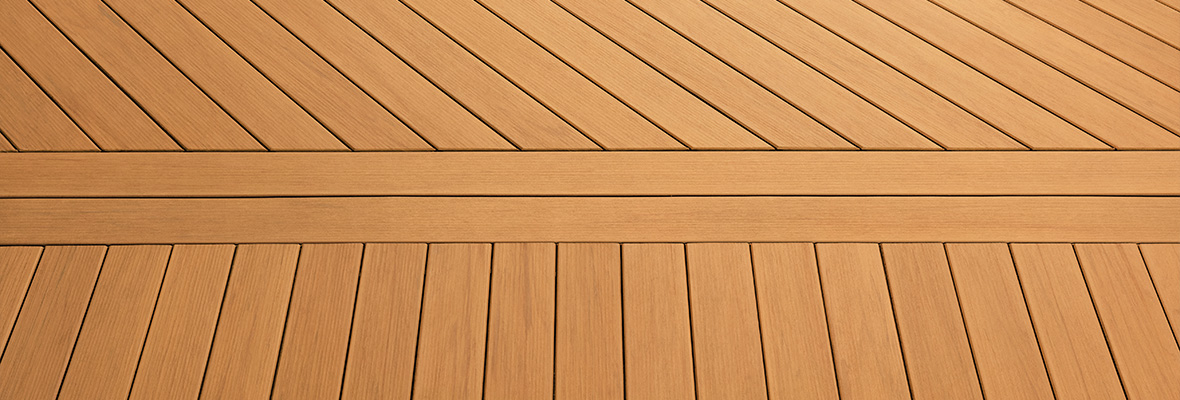Composite Decking Myths That Need to Die
Composite decking has come a long way since the early 2000s, but old rumors still float around like ghosts at a backyard BBQ.
You’ve probably heard stuff like:
“It looks plastic.”
“It gets too hot.”
“It’s way more expensive.”
“It’s slippery when wet.”
Let’s end these myths once and for all—because modern composite decking isn’t just better than people think, it might be the smartest investment you can make.
Myth #1: “Composite Looks Fake and Plastic-y”
This one might’ve been true 20 years ago, but now? Not even close.
Today’s composite decking is designed to mimic real wood grain with stunning realism. Some brands even offer multi-tonal colors, texture variations, and matte finishes that feel and look like premium hardwood—without the splinters or sanding.
Truth: High-quality composites like Trex, TimberTech, and Deckorators offer rich, natural-looking boards that fool even seasoned contractors at first glance.

Myth #2: “Composite Gets Way Too Hot in the Sun”
All decking materials—including wood—will heat up under direct sunlight. Composite isn’t immune, but newer boards are engineered with heat-mitigating technology that outperforms many hardwoods.
Truth: Lighter colors reflect heat better, and brands like Deckorators’ Voyage series are made to stay cooler underfoot.
Pro tip: Want a cooler deck? Choose lighter tones, provide shade, and avoid placing dark outdoor rugs that trap heat.
Myth #3: “It’s Too Expensive”
Yes, composite decking has a higher up-front cost than wood. But here’s what people forget:
- You won’t need to stain, seal, or paint it every year
- It won’t warp, crack, or rot
- It lasts 25–50 years with minimal upkeep
- Many come with 25–50 year warranties
Truth: Over time, composite is often cheaper than wood. It’s a one-time investment with long-term savings—and fewer Saturday afternoons spent staining.
Myth #4: “It’s Slippery When Wet”
Not anymore. Modern composite decking has enhanced traction, even when wet or covered in morning dew. Some brands are specifically rated for commercial slip resistance, which makes them great for pool areas, stairs, and rainy regions.
Truth: Composite decking is no more slippery than sealed wood—and often safer, since it doesn’t splinter or crack underfoot.
Myth #5: “You Can’t Customize Composite Decks”
This one’s just flat-out wrong. Composite can be used in:
- Picture-frame borders
- Custom inlays
- Multi-color patterns
- Built-in benches, lighting, and planters
- Unique shapes and multi-level builds
Truth: Composite is extremely versatile, and in many ways easier to customize than wood due to its uniformity and consistency.
Myth #6: “It’s Maintenance-Free”
Alright, let’s set the record straight: no decking is truly 100% maintenance-free. But composite comes close.
You’ll still want to hose it off a few times a year and maybe scrub it with soap and water if pollen or mildew builds up. But that’s about it.
Truth: No sealing. No sanding. No refinishing. Just clean it now and then and you’re golden.
Final Thoughts: Stop Believing the Rumors
Composite decking has matured. It’s stronger, better-looking, safer, and longer-lasting than most homeowners realize. And while haters will keep clinging to outdated myths, the truth is clear:
Composite is here to stay—and it’s probably the smartest upgrade your deck can get.




